BY ALT Technologies | 04th January 2021


We added new products to our extensive portfolio, such as electronics protection, printed electronics, and wire harness battery management systems. The cornerstone of all of our products is our adhesive knowledge. This product spotlight article discusses ALT’s capabilities in applying adhesive to customised shapes, forms and areas.
You probably use a flexible application with partial adhesive daily, peeling and resealing disinfectant wipes or using a sticker to close your snack bag to keep them fresh. These crafty pieces of work are all thanks to adhesive-free zones.
At ALT, the demand for partial adhesives is often needed in more complex applications, where one part must have multiple functions.
At ALT, we distinguish three different production methods:
1. Create an adhesive-free zone by applying a customised transfer tape.
2. (Partially) Print a varnish over an adhesive area, making it either less sticky or not sticking; this is known as adhesive-kill.
3. Print adhesive on a material in a specific pattern.
You might think that the above processes only apply to labels; however, adhesives can be applied to almost any material and, even better; be combined with other part specialities; printing, die-cuts, welding and stitching.
Insulators go in or around electronic components and require unique die-cutting to fit the specific housing shape. It should do so without the adhesive touching the electronics. Therefore the foil might also need to be folded in a specific way. These insulators can be 2D or 3D; transfer tapes are only required in particular areas.
Wrap Around Tapes wrap around curtain airbags. These tapes are partially adhesive-free. While wrapping around, the non-adhesive area does not stick to the airbag. This provides a better deployment behaviour. At the same time, because of the adhesive-free areas, the operators won’t be in contact with the adhesive, increasing the label’s tack and promoting clean hands.
Our Camera Film labels are attached to the film cassettes to allow the photographer to easily remove the film from the camera with a flap attachment, which has an adhesive-kill surface. The label contains partly adhesive and non-adhesive areas.
Flag Tag RFID labels are designed for metal parts, as metal interferes with the radio frequency signal. A flag tag label only adheres partly to the application to overcome this issue, leaving the part with the RFID ‘in free air’. This part of the label will have an adhesive-kill surface.
We have the capability to print adhesive in a specific pattern on a base material. This production method is sometimes the only solution to produce the application. For example, when you need an application to be in sight and the visible side of the base material also needs to adhere. Applying 100% adhesive to that side won’t work, as it will mess with the appearance of the material.
We produce these labels with a spotless metallic-look centre and adhesive around the edges for renowned oven door manufacturers. These labels fit perfectly between two sheets of dark oven door glass, in which only the logo is transparent, allowing the metallic-look label to shine through in the shape of the logo, replacing the expensive process of printing the logo directly on the glass.
Every component is created uniquely, which requires a vast knowledge of adhesives, base materials, die-cutting and printing techniques. ALT has acquired knowledge of bespoke applications; for example, for die-electric insulators, it is essential to create the perfect solution.
Through creating customised solutions for over 50 years, ALT has built much knowledge and experience when thinking outside the box and providing solutions for complex applications. No matter the problem, ALT delivers the ultimate solution and goes beyond. If you need a unique solution today, please contact us; our team will gladly help you.
CONTACT US